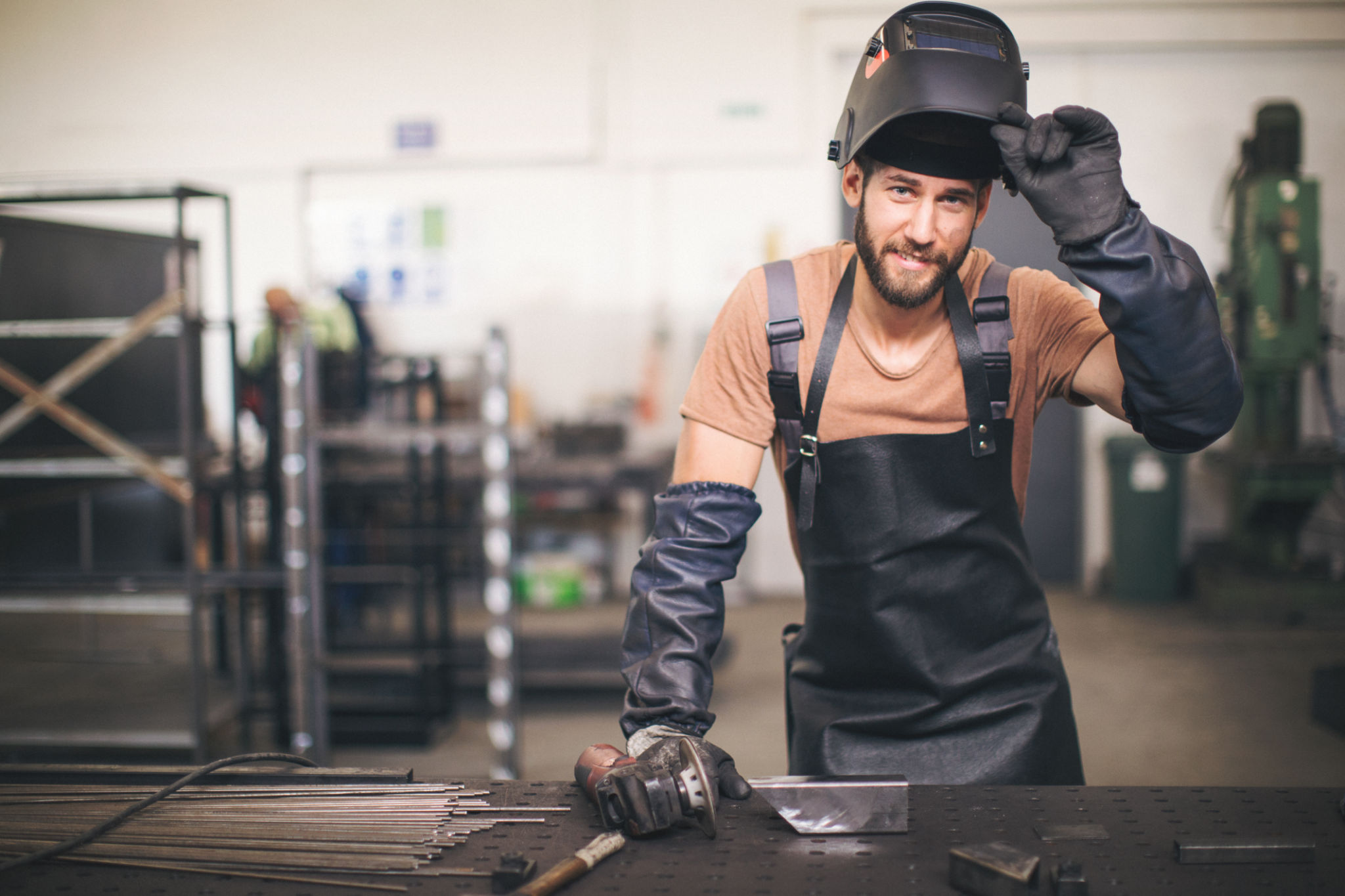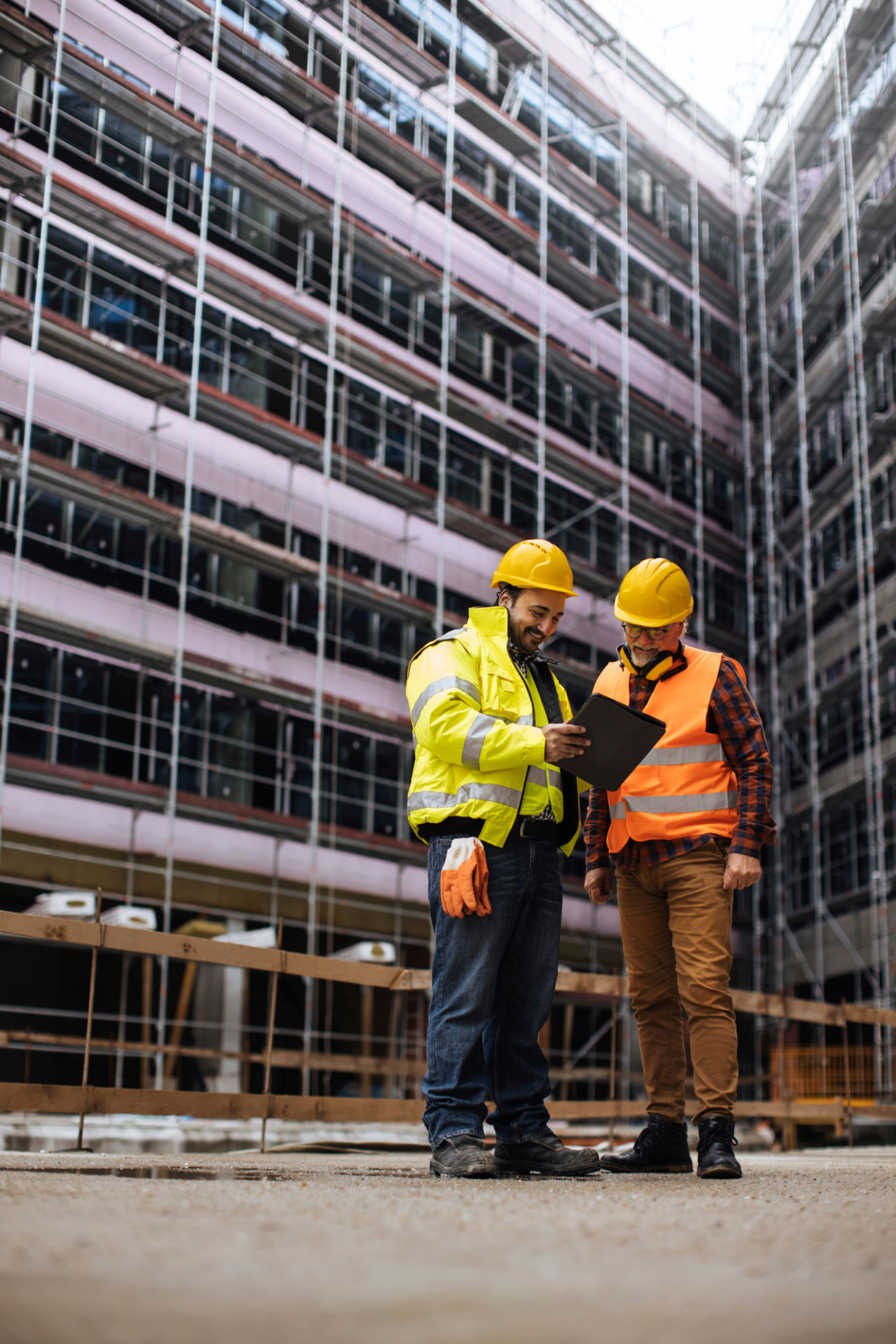The Role of Welding in Local Community Development Projects
The Importance of Welding in Community Development
Welding plays a crucial role in the development of local communities, often serving as the backbone for various infrastructure projects. From constructing bridges and buildings to repairing essential farming equipment, welding is indispensable in ensuring the structural integrity and longevity of community assets. As communities aim to improve their infrastructure and living standards, the demand for skilled welders increases significantly.

In many local development projects, welding facilitates the construction of essential structures that benefit the entire community. These projects often include schools, hospitals, and community centers. By ensuring these buildings are safe and durable, welding contributes directly to improving the quality of life for residents.
Enhancing Employment Opportunities
Welding not only impacts physical infrastructure but also creates employment opportunities within the community. With the rise in development projects, there is a growing need for skilled labor. Local training programs and vocational schools often focus on welding as a key trade skill, providing residents with valuable career opportunities that support economic growth.
Moreover, welding offers diverse career pathways, from construction to manufacturing. This versatility allows individuals to explore various industries, further enhancing their employability. As more people gain access to these opportunities, the community as a whole benefits from reduced unemployment and increased economic stability.

Supporting Sustainable Practices
Welding is not only about building structures but also about maintaining them in an environmentally responsible manner. Sustainable welding practices focus on reducing waste and conserving energy, aligning with the broader goals of eco-friendly community development. By adopting these practices, communities can minimize their carbon footprint while still achieving their infrastructure goals.
Additionally, welding plays a significant role in recycling and repurposing materials. By repairing and modifying existing structures, welders contribute to resource conservation. This not only saves money but also reduces the need for new materials, promoting a circular economy that benefits both the environment and the community.

Fostering Innovation and Collaboration
Welding encourages innovation and collaboration within local communities. As new development projects arise, welders often work closely with engineers, architects, and other professionals to devise creative solutions that meet specific project needs. This collaborative approach fosters a sense of community ownership and pride in the completed projects.
Innovative welding techniques continue to evolve, offering more efficient and effective ways to build and maintain infrastructure. By staying at the forefront of technological advancements, welders can help drive progress in community development and ensure that local projects are built to last.
Conclusion
Overall, welding is a vital component of local community development projects, contributing to infrastructure growth, job creation, sustainability, and innovation. As communities continue to expand and evolve, the role of welding will only become more significant. By investing in welding skills and sustainable practices, communities can build a brighter future for all residents.